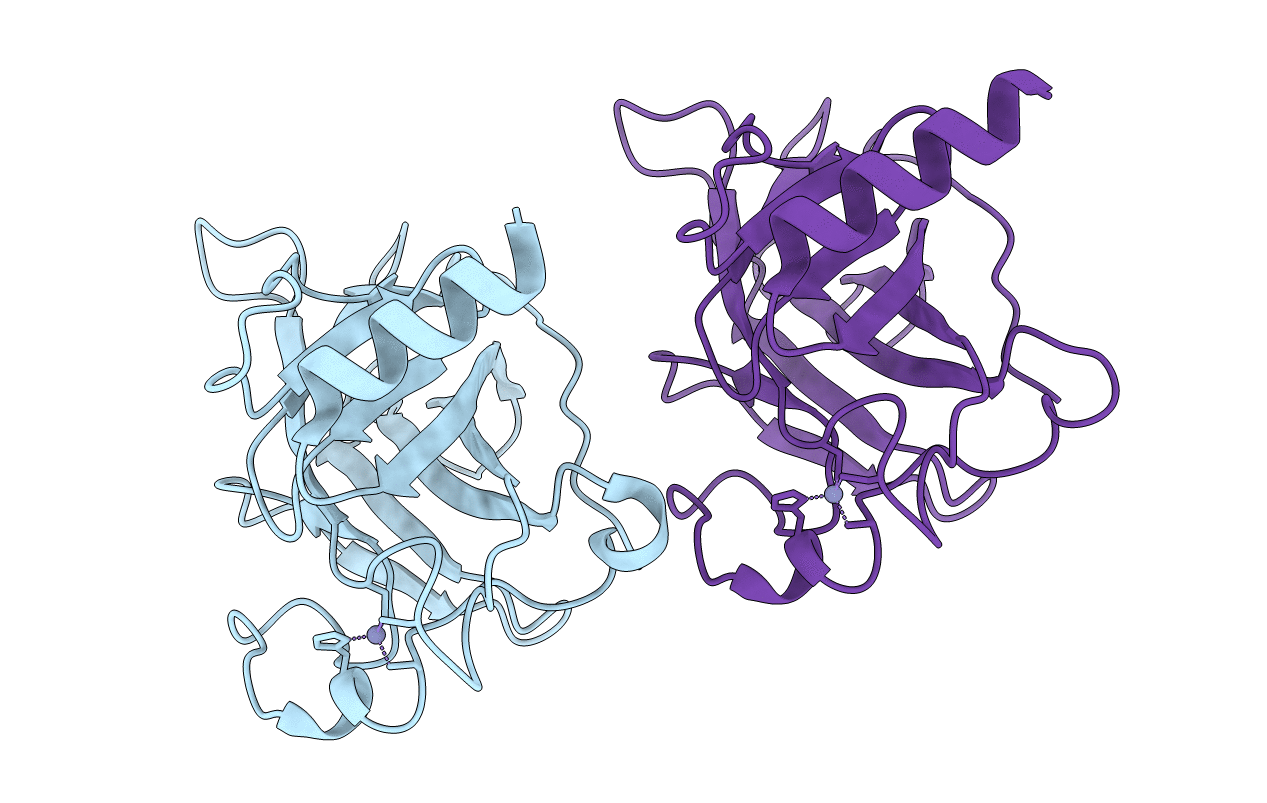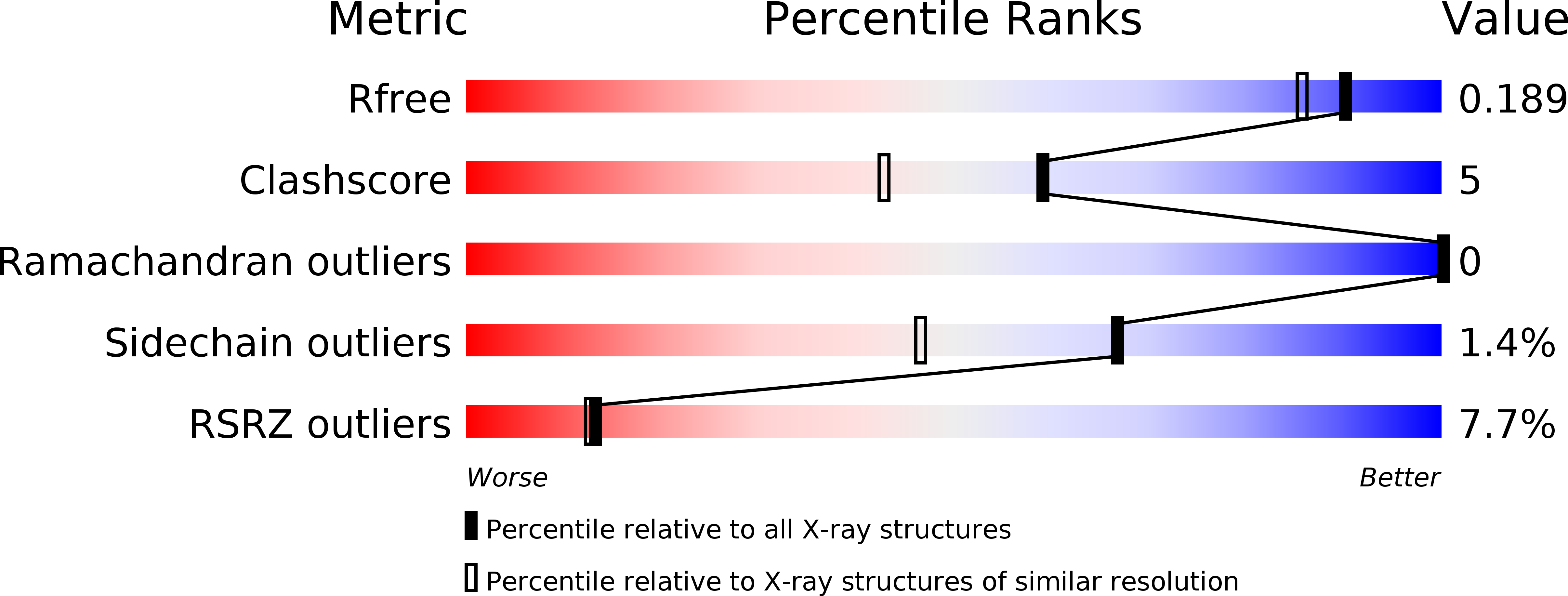
Deposition Date
2006-08-15
Release Date
2006-09-20
Last Version Date
2023-12-13
Entry Detail
PDB ID:
2J1X
Keywords:
Title:
Human p53 core domain mutant M133L-V203A-Y220C-N239Y-N268D
Biological Source:
Source Organism:
HOMO SAPIENS (Taxon ID: 9606)
Host Organism:
Method Details:
Experimental Method:
Resolution:
1.65 Å
R-Value Free:
0.20
R-Value Work:
0.18
R-Value Observed:
0.18
Space Group:
P 21 21 21


